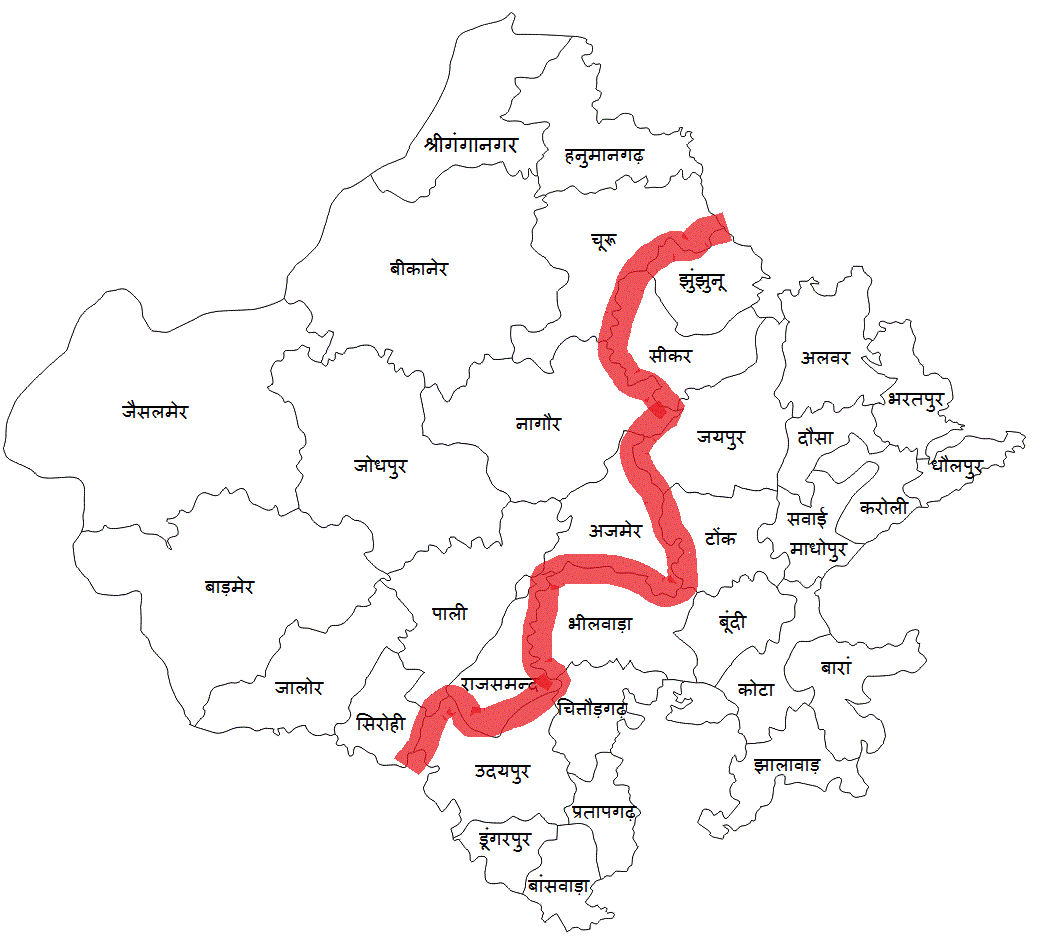
MOOKNAYAK MEDIA BUREAU | Novmber 15, 2024 | Jaipur: India’s tiger population has increased in the last five decades, but this has come at the cost of people losing their traditional homes, MOOKNAYAK MEDIA found through various data sources, and from visits to tiger reserves in the State of Rajasthan and various other parts of the Country.
Tribals Get Out from Indian Tiger Reserves, Tourists Welcome
The government of India does not have accurate data on persons displaced by the Tiger Project. In 2016, the head of the National Tiger Conservation Authority (NTCA) announced that almost 300,000 people, from over 700 villages, were earmarked for relocation.

In 2021, it was reported that about 110,000 people in 273 villages falling in ‘core’ areas inside 28 tiger reserves in the country were identified for eviction given the threats to tiger conservation.
In its reply to the Lok Sabha, the government of India had stated as of 12.07.2019, out of the 57,386 families or 2,54,794 persons at the rate of 4.44 persons per family residing in notified Core/ Critical Tiger Habitats (CTHs) in 31 out of 50 tiger reserves. The government of India further informed the Rajya Sabha that by 31.12.2021, about 20,857 families from 231 villages were relocated.
Professor Ram Lakhan Meena an expert of the tribal issues said that “The lives of hundreds of thousands of tribal people (Adivasis) in Indian tiger reserves are being destroyed in the name of conservation. The Indian government is illegally evicting them from the land where they have always lived and that they have always protected (Modi’s government is attacking Adivasi rights in other ways too). They are accused of harming wildlife. But, far from killing tigers, many tribes worship them as gods and take care of their environment better than anyone else. Where tribal people’s right to stay in a tiger reserve was recognized, tiger numbers soared. The Forest Department cannot grow good forest like tribals. For centuries they have protected the forest. Only Adivasis protect the forest. Without Adivasis the government and their machinaries cannot do any conservation.”
Listen to tribal conservationists from Ramgarh Vishdhari Tiger Reserve, Rajasthan
“How could we harm the forest? We’re the ones that save the forest. As long as we are here, the forest will be fine. We are the defenders of the forest. If we leave, who will protect the forest?”
This implies that at least 36,529 families or 1,62,189 persons out of the 57,386 families were residing in notified Core/ Critical Tiger Habitats and therefore, were to be relocated. Since 2021, five more Tiger Reserves were notified i.e. Srivilliputhur Megamalai, Tamil Nadu (2021), Ramgarh Vishdhari Tiger Reserve, Rajasthan (2022), Ranipur Tiger Reserve, Uttar Pradesh (2022), Veerangana Durgavati Tiger Reserve, Madhya Pradesh (2023) and Dholpur – Karauli Tiger Reserve, Rajasthan (2023) while the Kumbhalgarh Wildlife Sanctuary, Rajasthan (2023) has been given in principle approval as a Tiger Reserve.
As per the secondary sources collated for this report, at least 290,0000 persons from these six Tiger Reserves created during post 2021 i.e. about 4,000 people from the Srivilliputhur-Megamalai Tiger Reserve; about 4,400 persons from approximately 1673 families residing eight villages in the Ramgarh Vishdhari Tiger Reserve, Rajasthan (2022); about 45,000 persons from 52 villages under 22 panchayats in Manikpur Block in Chitrakoot district who were served notices for eviction from the Ranipur Tiger Reserve, Uttar Pradesh; at least 72,772 persons from 92 villages affected by the expansion of the Nauradehi Wildlife Sanctuary which has become a part of the and Durgavati Tiger reserve; about 4,000 persons from the Dholpur-Karauli Tiger.
The relationship between tribal communities and tiger reserves in India is complex, with some evidence that tribal people are better able to protect the environment and tigers than others:
Eviction: The Indian government has been accused of illegally evicting tribal communities from their ancestral lands to create tiger reserves. The government has identified over 290,000 people for relocation from six tiger reserves since 2021.
Human rights violations: Some say that the relocation process has led to human rights violations and a lack of rehabilitation for displaced communities.
Tribal rights: Some say that tribal people are better able to protect the environment and tigers than others. For example, the Mina / Meena tribe in the Arawali Hills Ranthambore National Tiger Reserve were the first to have their rights to stay in the reserve recognized, and the number of tigers in the reserve has since increased.
Displacement: A rights group report claims that 5,670 tribal families were displaced from five tiger reserves, even though no tigers were found in those reserves.
Conservation: Some say that current conservation practices threaten to destroy tribal communities and their natural heritage.
Reserve, Rajasthan, and 160,000 persons from the Kumbhalgarh Wildlife Sanctuary, Rajasthan. Therefore, at least, 5,50,000 Scheduled Tribes and other forest dwellers have been identified for relocation.
This include 57,386 families or 2,54,794 persons residing in notified Core/ Critical Tiger Habitats (CTHs) in 31 out of 50 tiger reserves as per the government of India by 21.12.2021 and at least 452,189 persons from five Tiger Reserves notified after 2021.
Out of the 5,50,000 Scheduled Tribes and other forest dwellers, at present at least 452,189 persons remain at the risks of involuntary relocation i.e. 36,529 families or 1,62,189 persons at the rate of 4.44 persons per family identified by the government of India for relocation from the notified Core/ Critical Tiger Habitats (CTHs) by 12.12.2021 and at least 290,0000 persons from these five Tiger Reserve notified since 2021.
Read also : Decoding Aryan’s Claim ‘The Story Of Our Ancestors And Where We Came From’
In the last 51 years, about 20,857 families were relocated. If India were to relocate, 452,189 persons or 101,844 families, at the current rate of Rs 15 lakh per family for rehabilitation and resettlement, it would cost Rs 15,2766 million or US$1,853 million, in addition to massive lands for rehabilitation which are simply unavailable. The government is nonetheless on a spree to declare more Tiger Reserves and expand the areas of existing Tiger Reserves.
बिरसा अंबेडकर फुले फातिमा मिशन को आगे बढ़ाने के लिए ‘मूकनायक मीडिया’ को आर्थिक सहयोग जरूर कीजिए



















